Insights from 20 Easy Raspberry Pi Projects
When I first discovered the Raspberry Pi, its versatility felt like a door to endless possibilities. 20 Easy Raspberry Pi Projects by Rui and Sara Santos exemplifies this sentiment by transforming this tiny computer into a toolkit for creativity. The book is packed with practical and entertaining projects, each designed to enhance your programming and electronics skills.
I chose this book to explore ways to improve IoT experiments and to inspire ideas for the code club and my son. Whether you’re new to electronics or an experienced maker, the projects in this book will leave you brimming with ideas. Here's an in-depth look at each project.
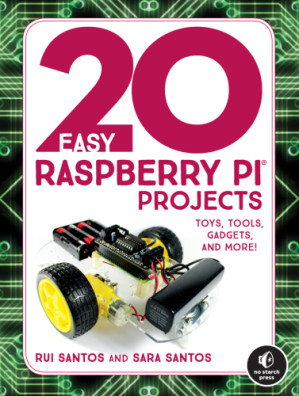
Summary
Part 1: LEDs
Project 1: Blinking an LED
This beginner-friendly project introduces the GPIO pins and demonstrates how to blink an LED using Python. It’s an essential starting point for learning to control hardware with code.
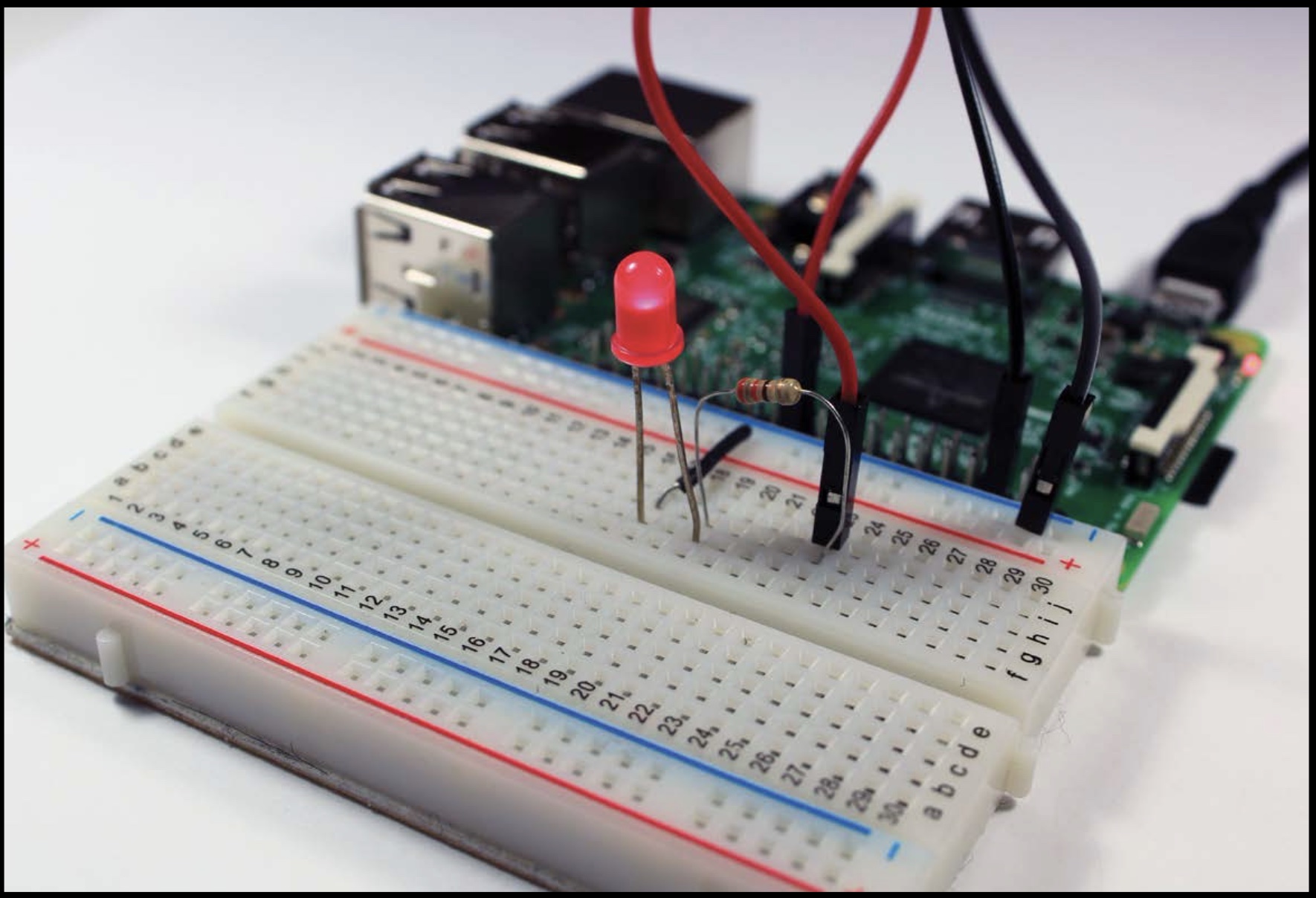
Project 2: Pushbutton LED Flashlight
A step up from the first project, this one adds interactivity by incorporating a button to control the LED. It teaches how to work with switches and debounce inputs.
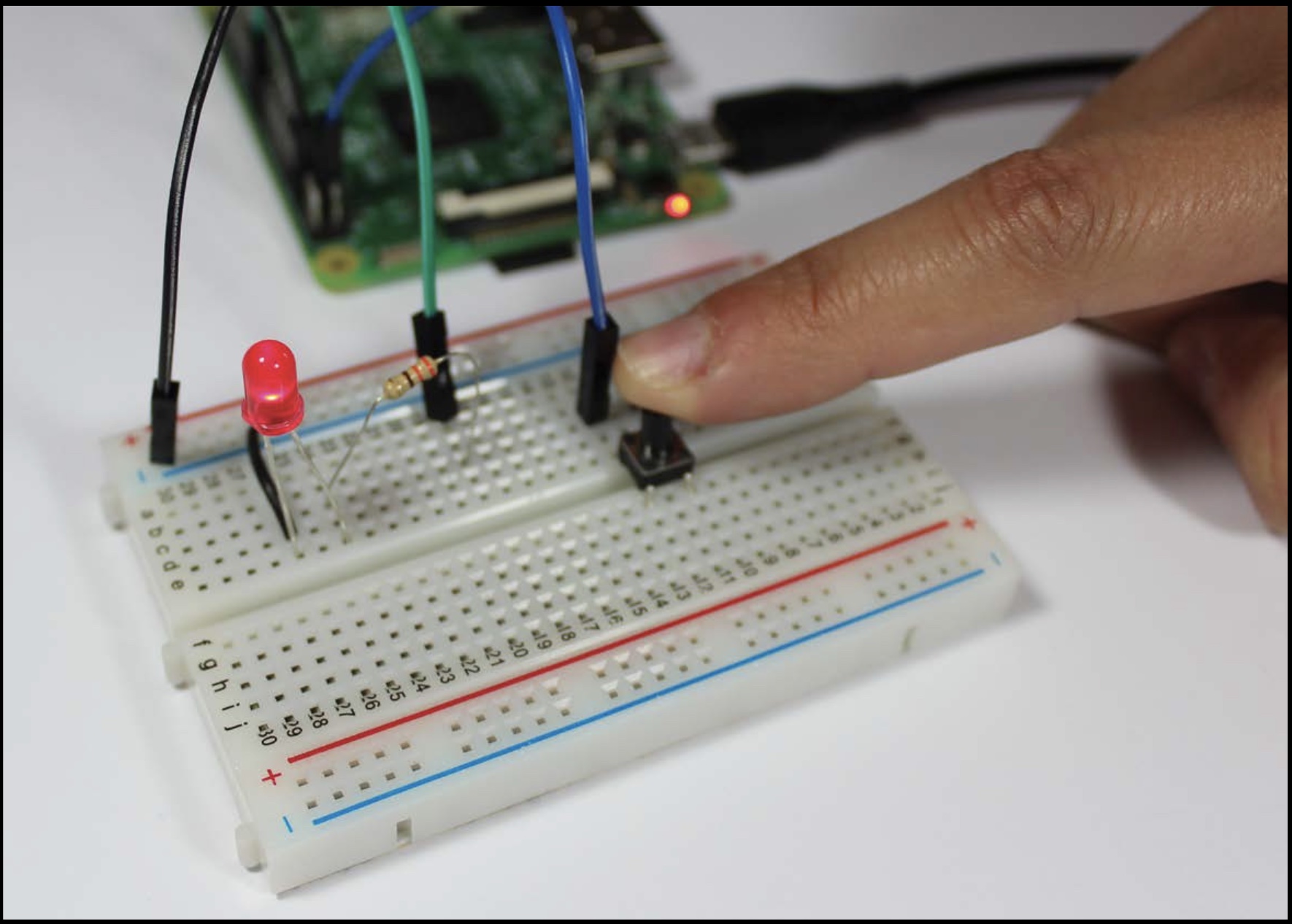
Project 3: LED Dimmer Switch
Using a potentiometer, this project creates a dimmer switch for LEDs, introducing concepts like analog-to-digital conversion and pulse-width modulation.

Project 4: A Graphical User Interface for an RGB LED
This project dives into building a GUI with Tkinter to control the color and intensity of an RGB LED. It highlights how software can simplify hardware interactions.
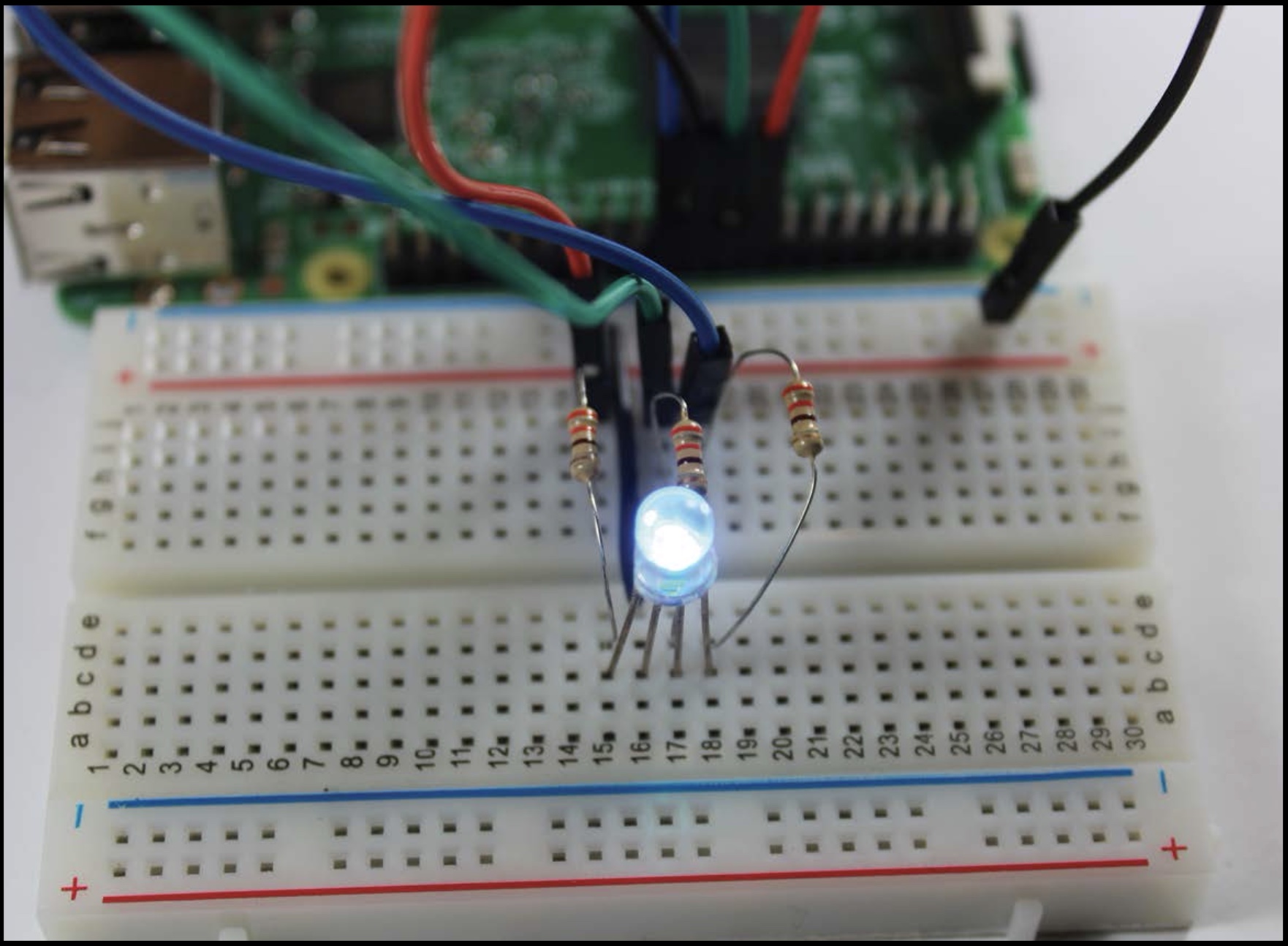
Project 5: Rainbow Light Strip
Here, you’ll work with WS2812B addressable RGB LEDs to create mesmerizing light effects, exploring SPI communication and Python libraries like WS281x.
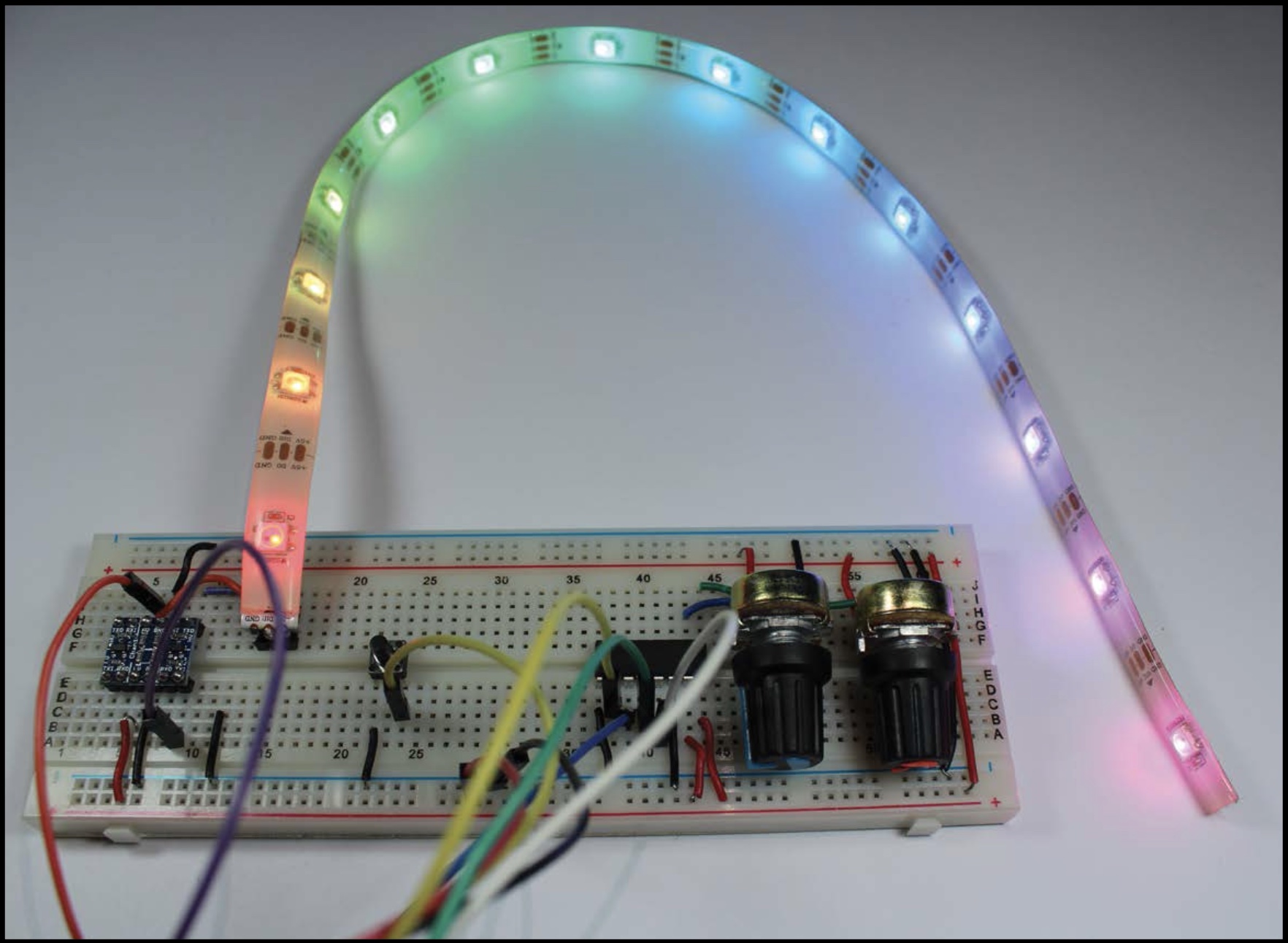
Part 2: Displays
Project 6: LCD Reminder
This project uses a liquid crystal display (LCD) to show reminders, teaching you to wire and program displays for visual output.
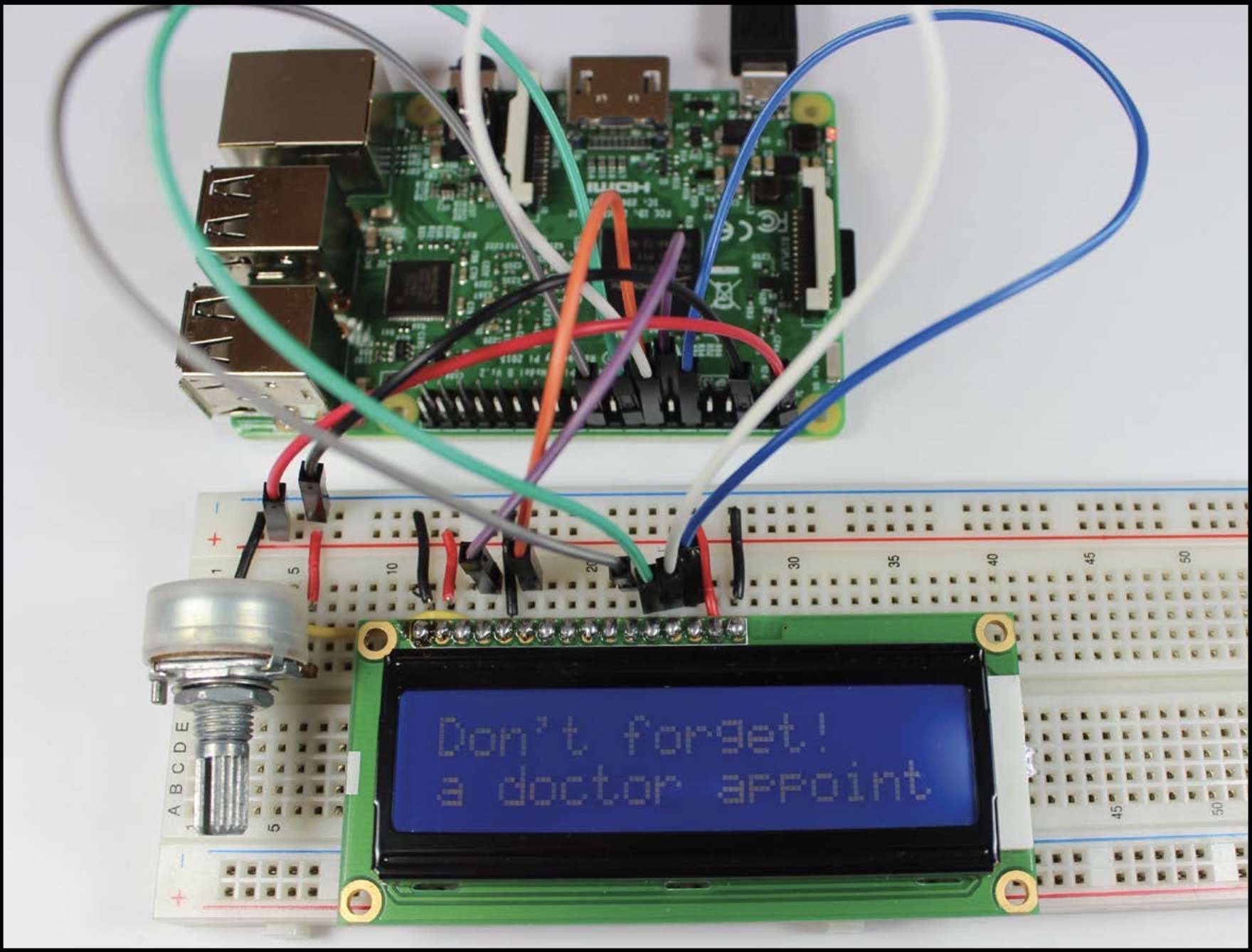
Project 7: Mini Weather Forecaster
Combining an OLED display with data from the OpenWeatherMap API, this project creates a compact weather station. It also introduces JSON and API integration.

Project 8: Pong with a Sense HAT
This fun project recreates the classic Pong game using the Raspberry Pi Sense HAT, showcasing how sensors and displays can create interactive applications.
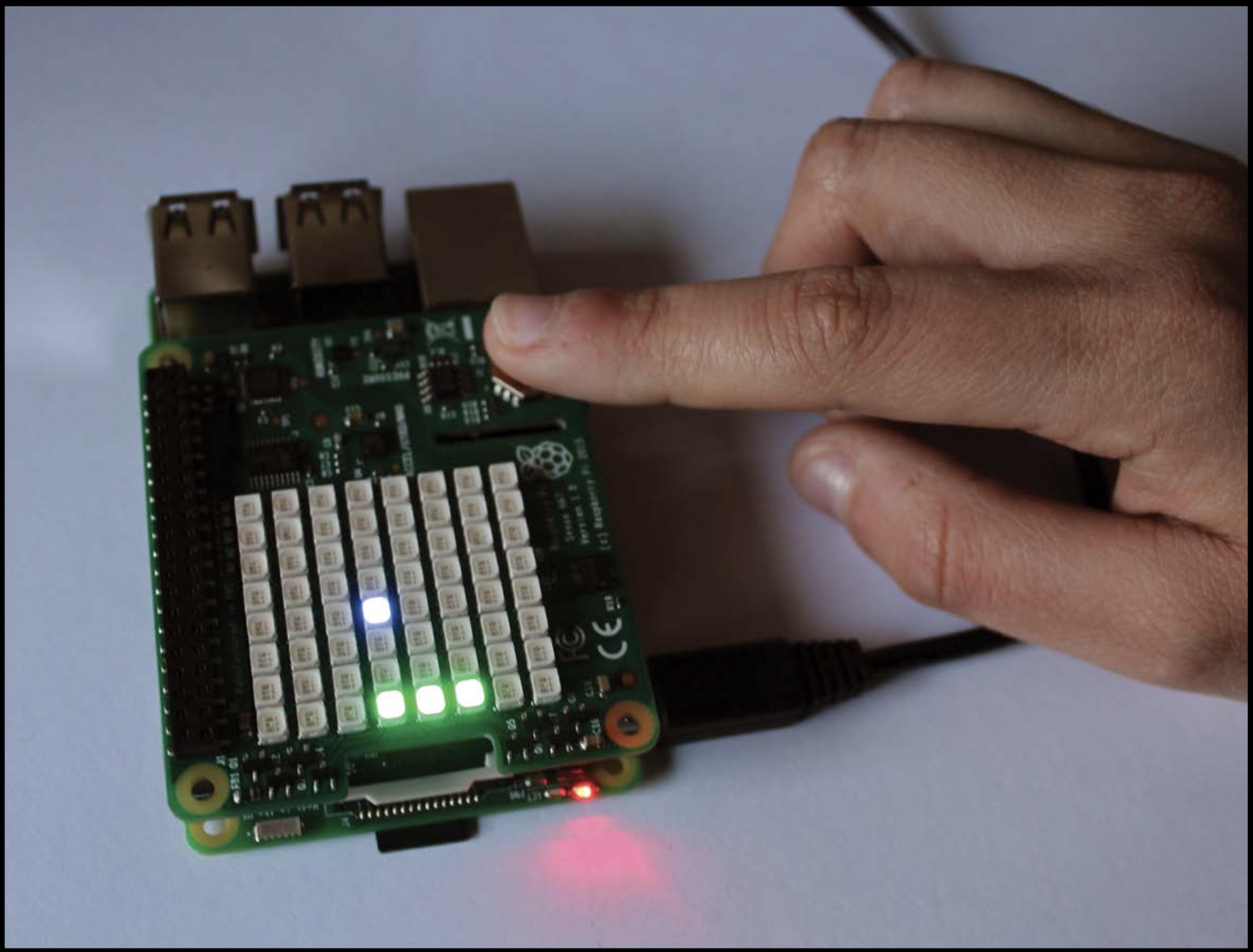
Part 3: Sensors
Project 9: All-in-One Weather Sensor Station
Building on the Sense HAT, this project creates a weather station that reads temperature, humidity, and barometric pressure, complete with a GUI.
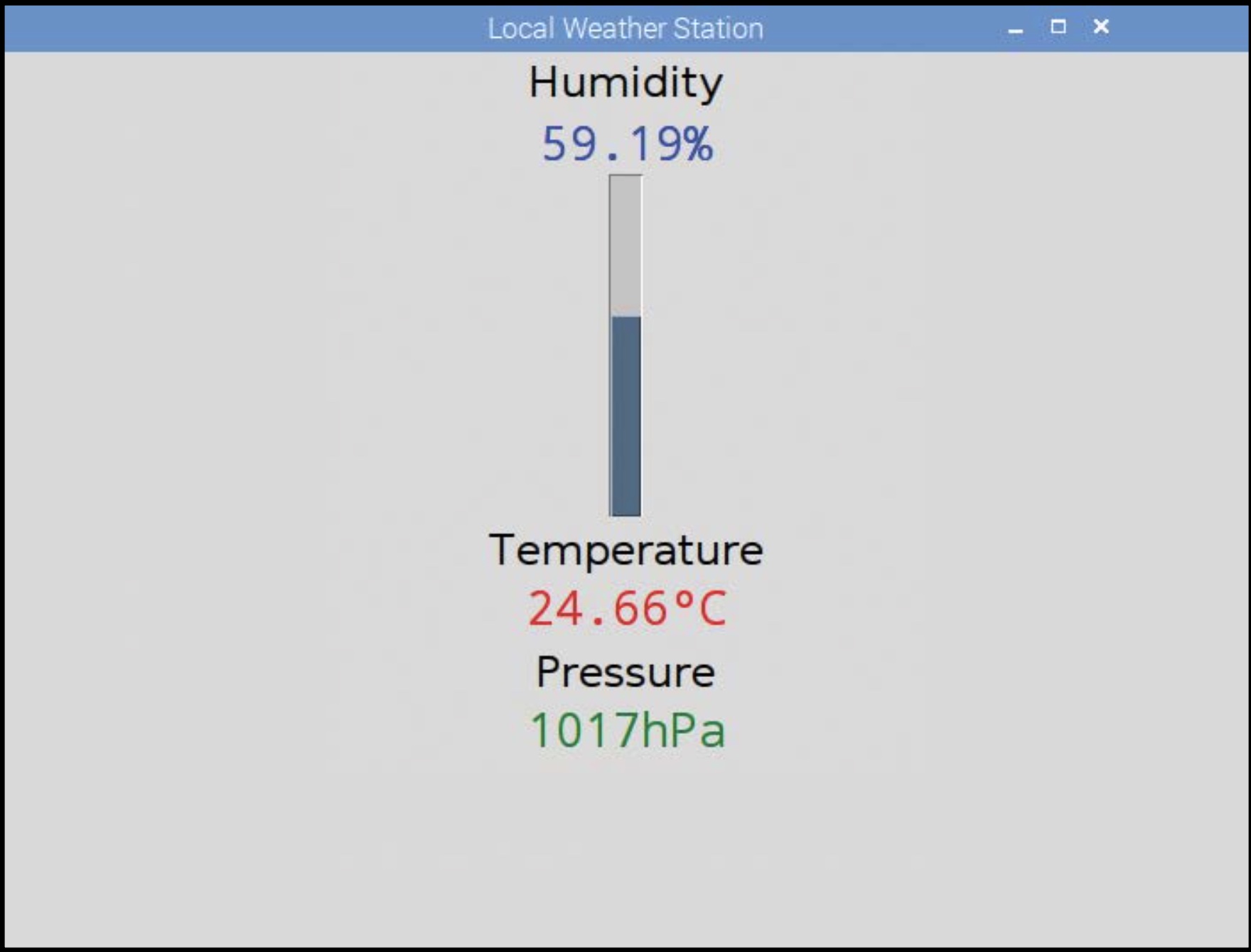
Project 10: Intruder Alarm with Email Notifications
Using a PIR motion sensor, this project sets up a basic security system that sends email alerts when motion is detected.
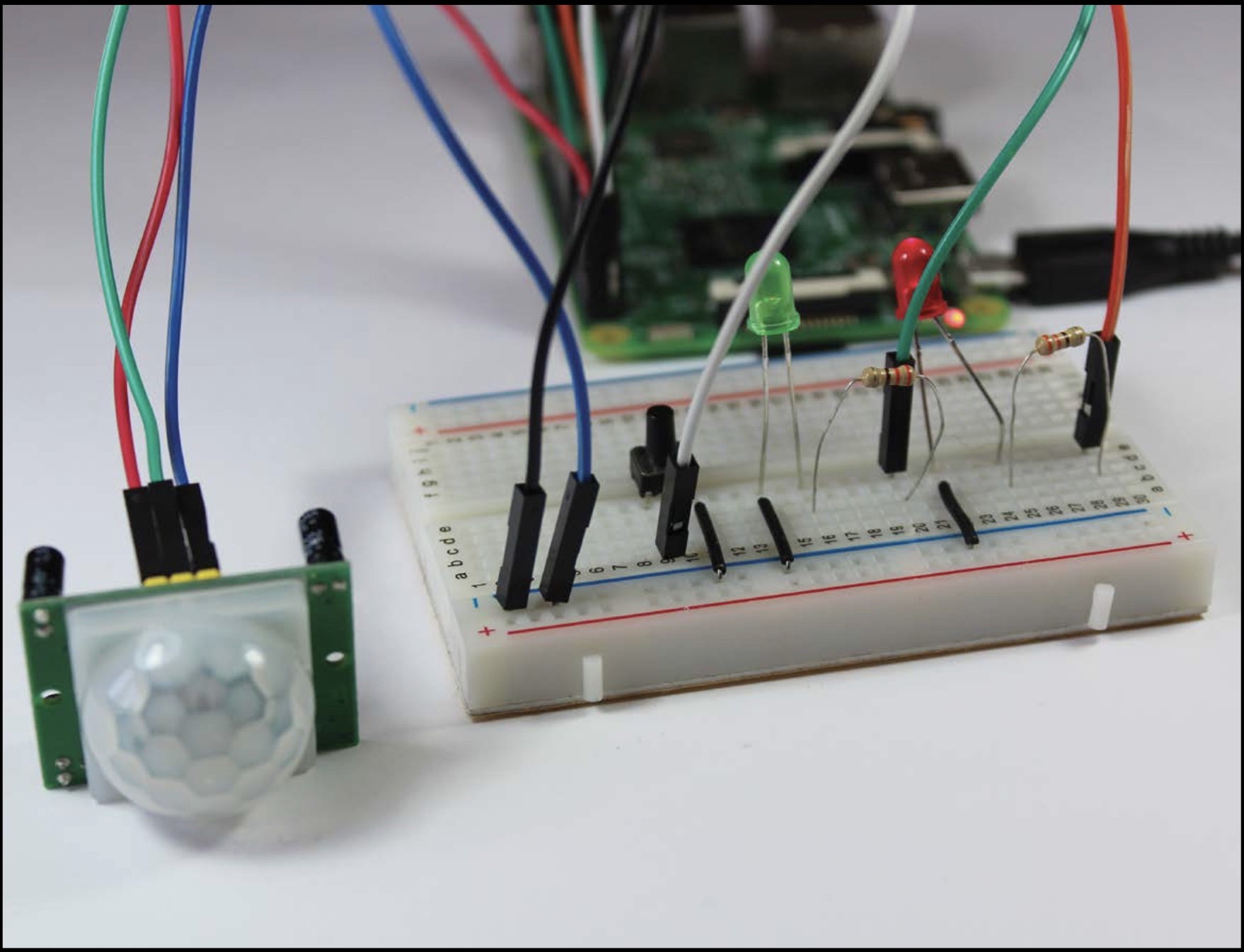
Project 11: Gas and Smoke Alarm
This project features the MQ-2 gas and smoke sensor to build an alarm system, with thresholds configurable via Python.
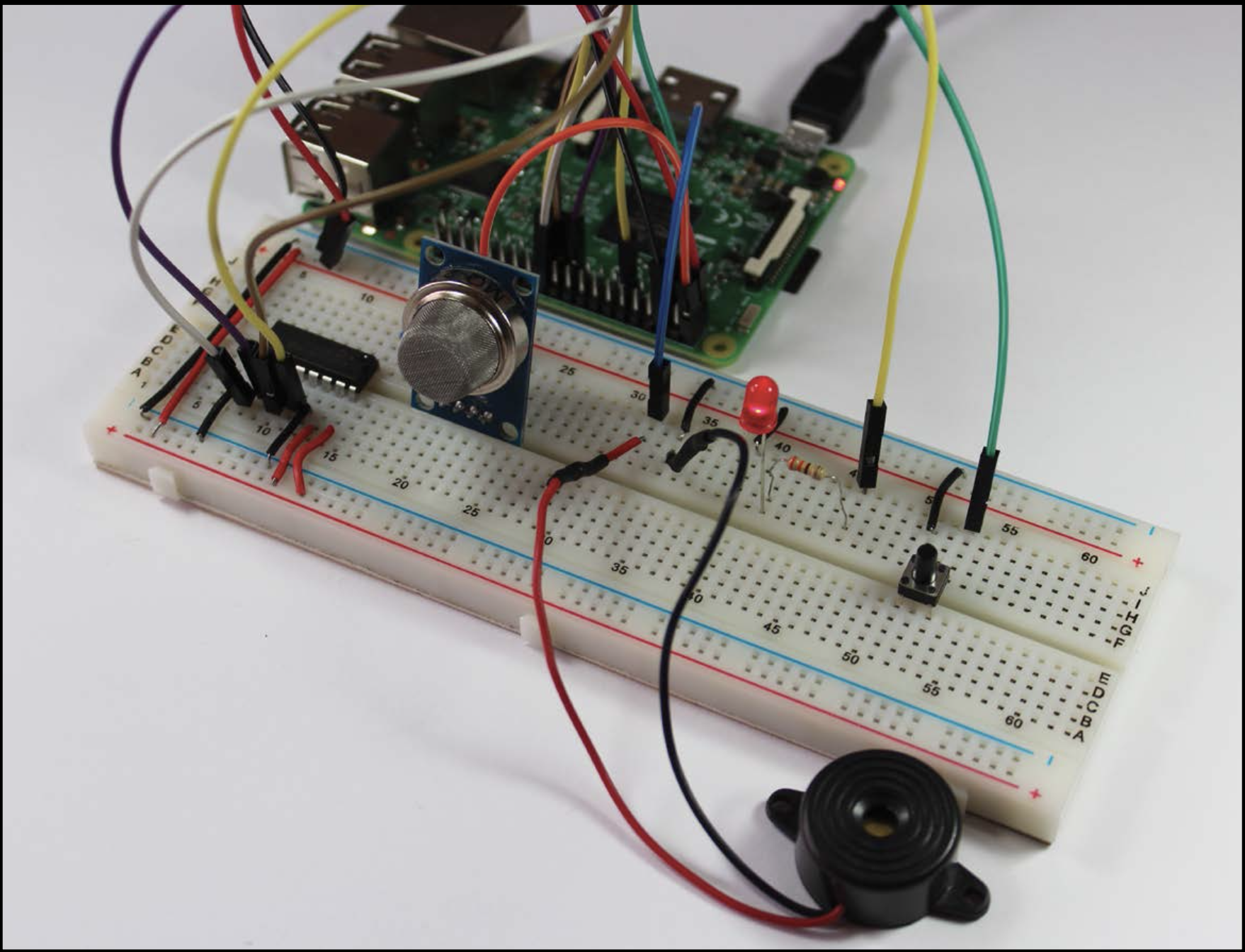
Project 12: Temperature and Humidity Data Logger
With a DHT22 sensor, this project logs environmental data into text files, emphasizing data acquisition and storage.
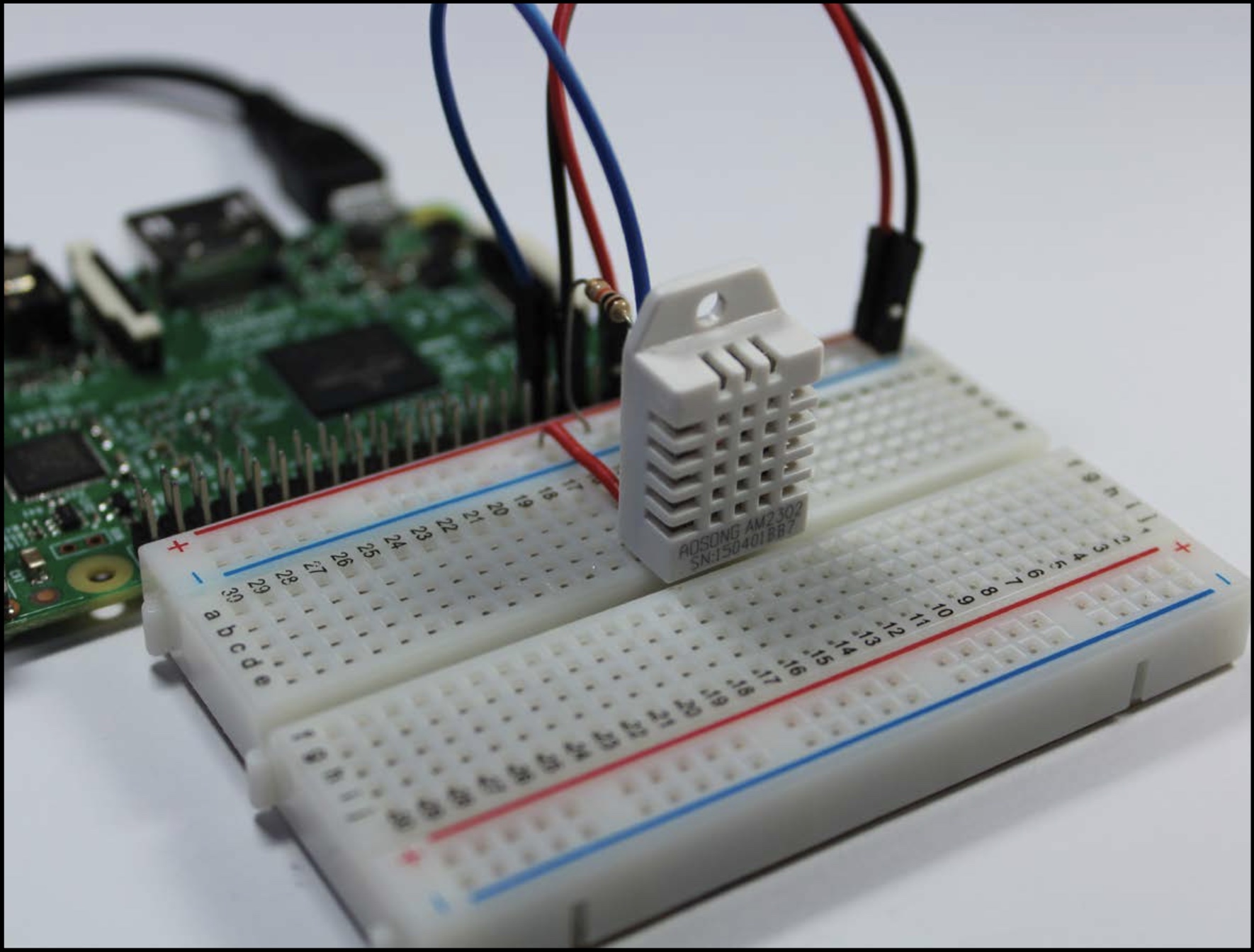
Part 4: Cameras
Project 13: Burglar Detector with Photo Capture
This project combines a motion sensor with a camera module to capture and save photos when an intruder is detected.
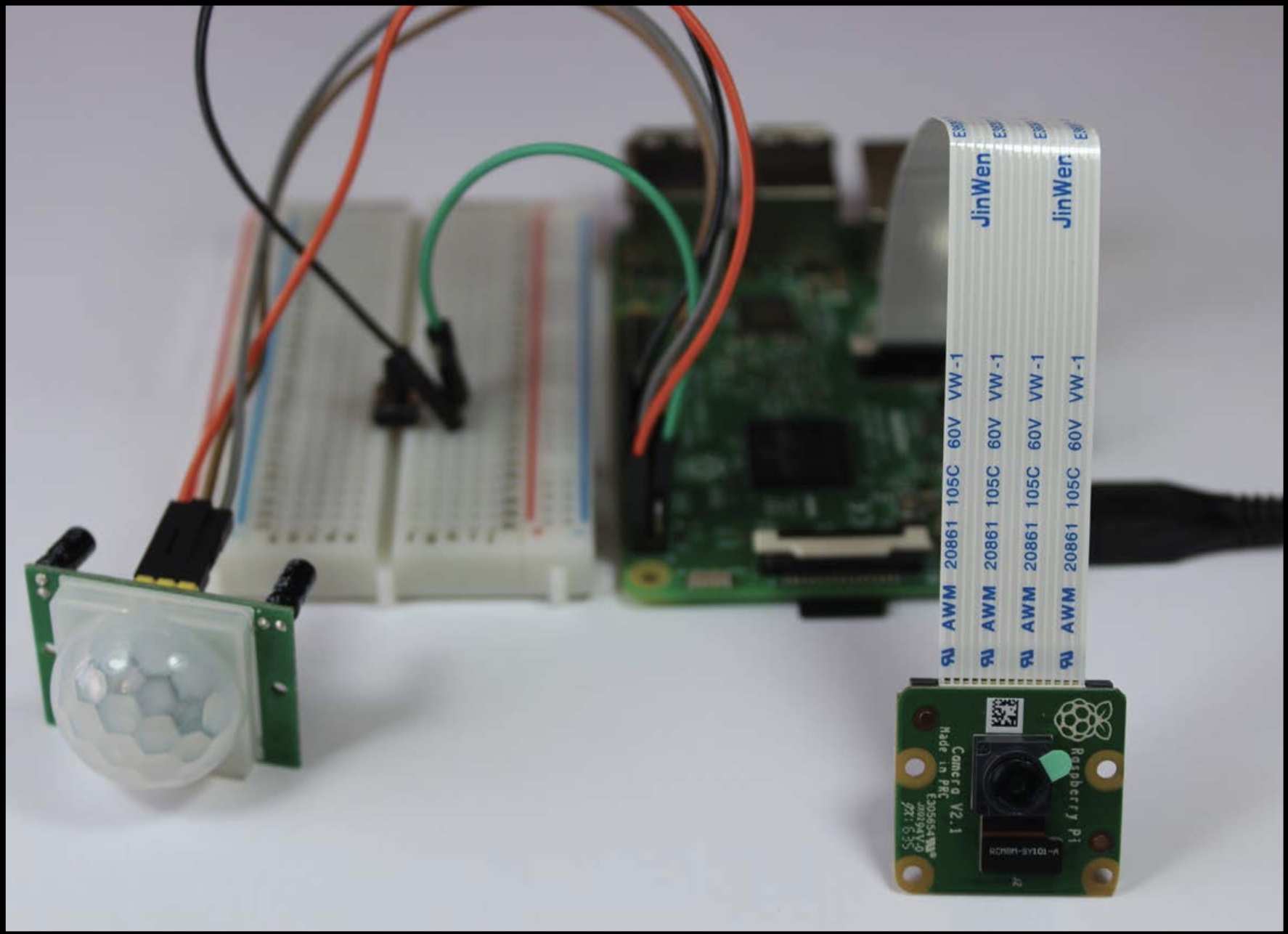
Full project as a sample for download https://nostarch.com/download/20EasyRPiProjects_ch13_sample.pdf
Project 14: Home Surveillance Camera
Expand on the previous project by recording videos. This project introduces video streaming and file management on the Raspberry Pi.
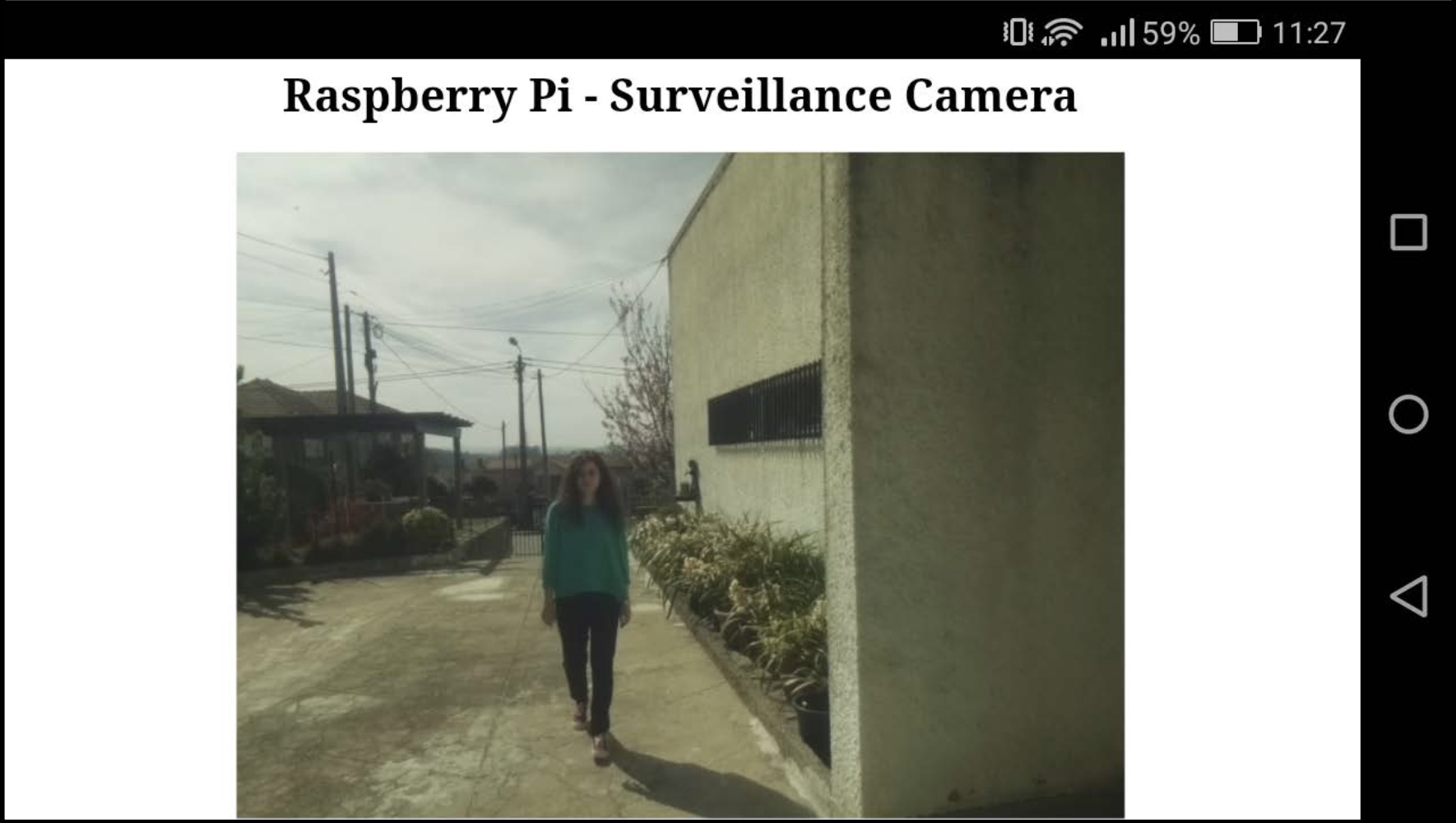
Part 5: Web Applications
Project 15: Building Your First Website
Learn to host a simple website on the Raspberry Pi, covering HTML, CSS, and web server basics.
Project 16: Website Connected to Your Electronics
Integrate electronics with a website, allowing remote control of components using a Python Flask web server.
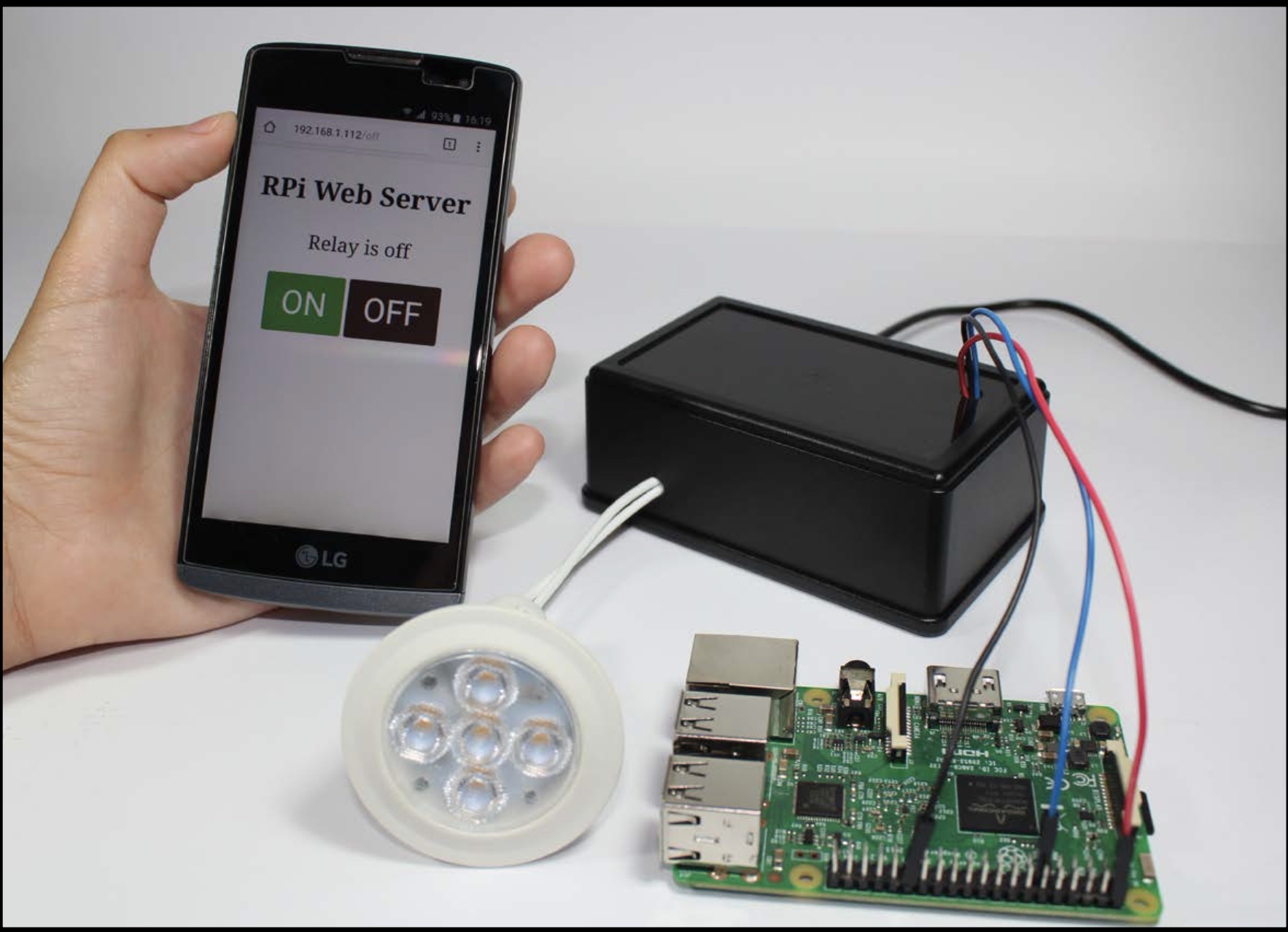
Project 17: IoT App to Control Electronics from a Web Server
This project uses Node-RED to create a web-based IoT control center, teaching drag-and-drop programming for IoT devices.
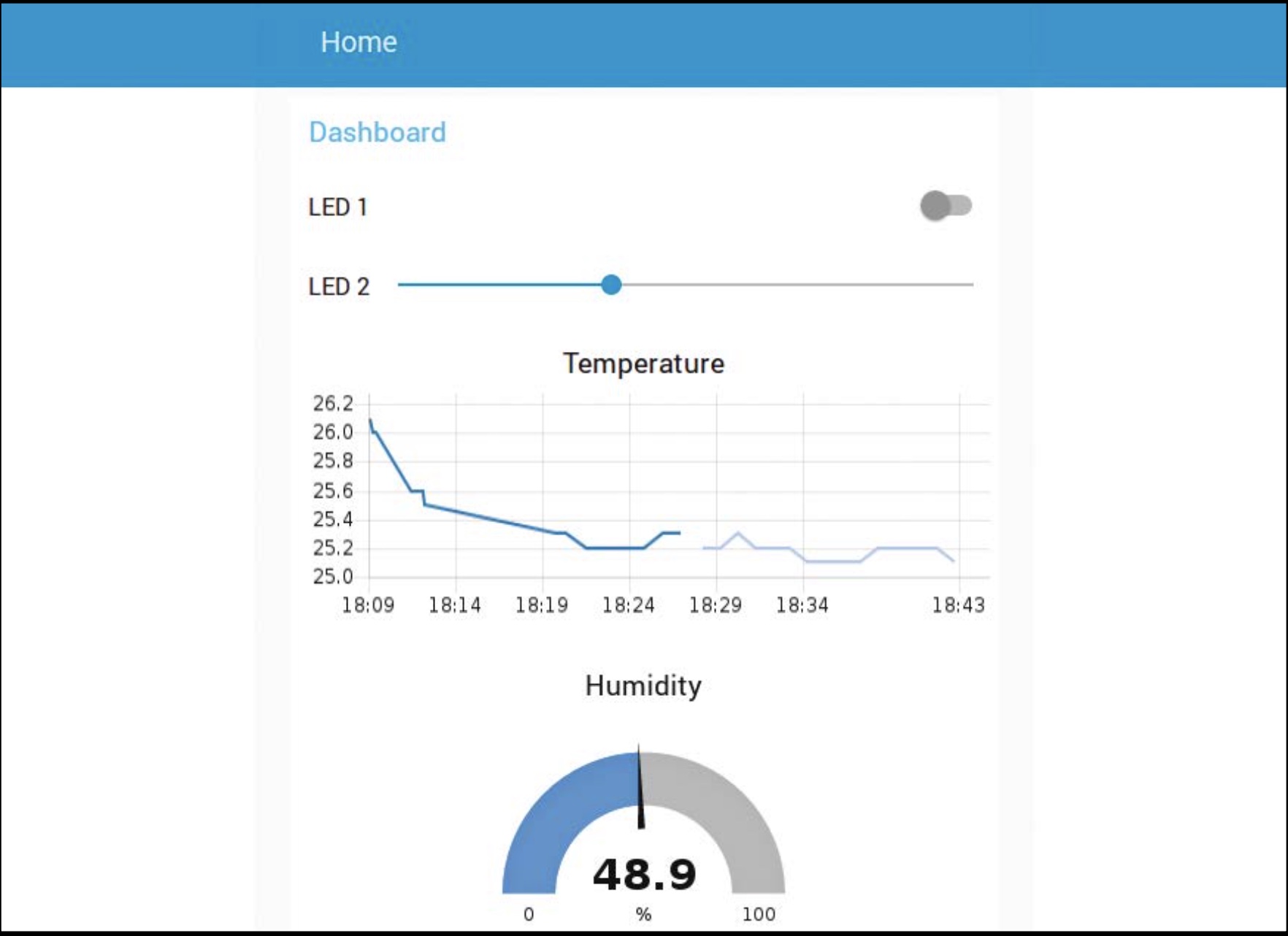
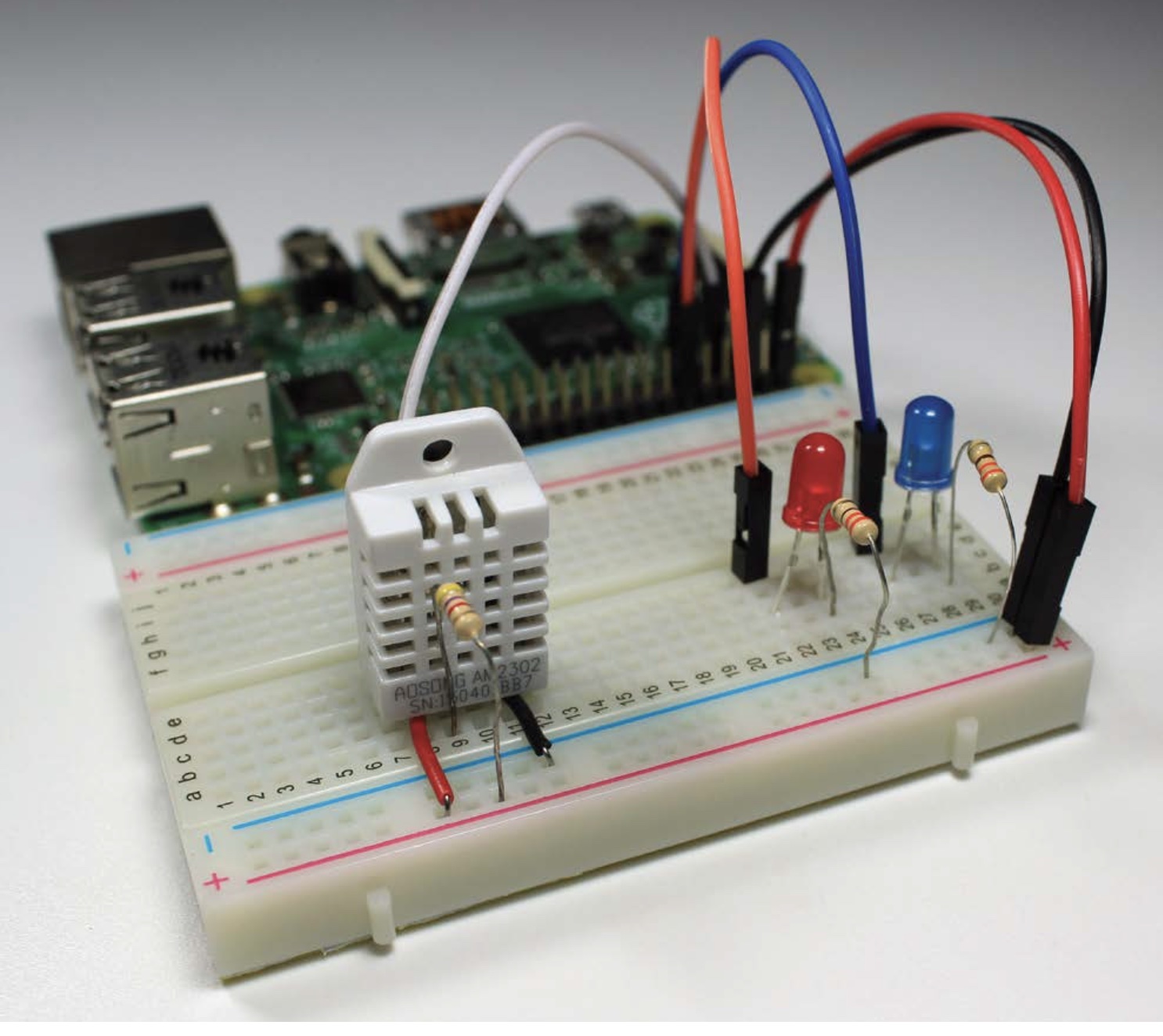
Part 6: Games and Toys
Project 18: Digital Drum Set
Using touch sensors, this project creates a digital drum set that plays sounds when tapped. It highlights audio integration with hardware.
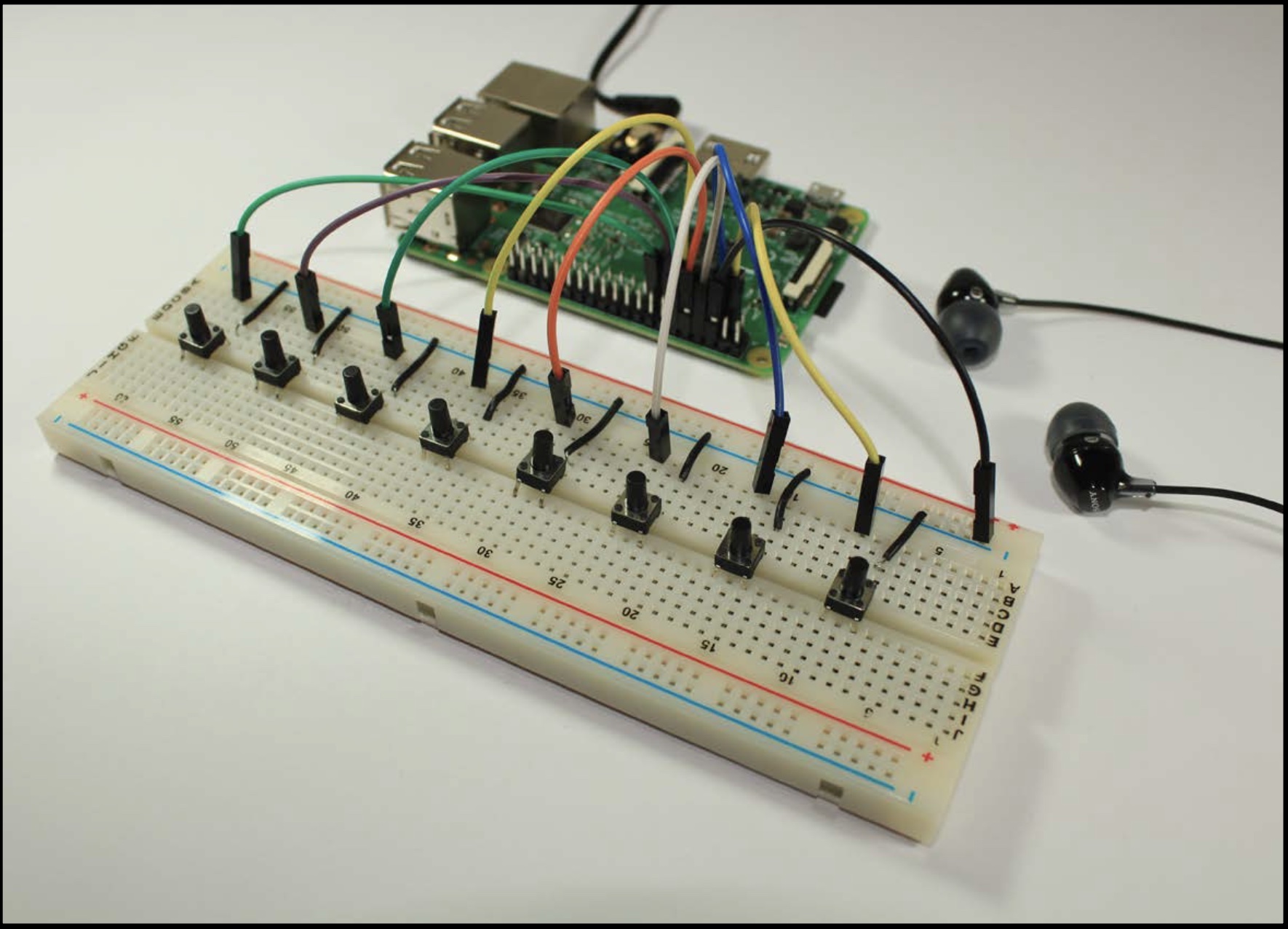
Project 19: Make a Game in Scratch: Hungry Monkey
This playful project teaches game development in Scratch, introducing children to programming with visual tools.
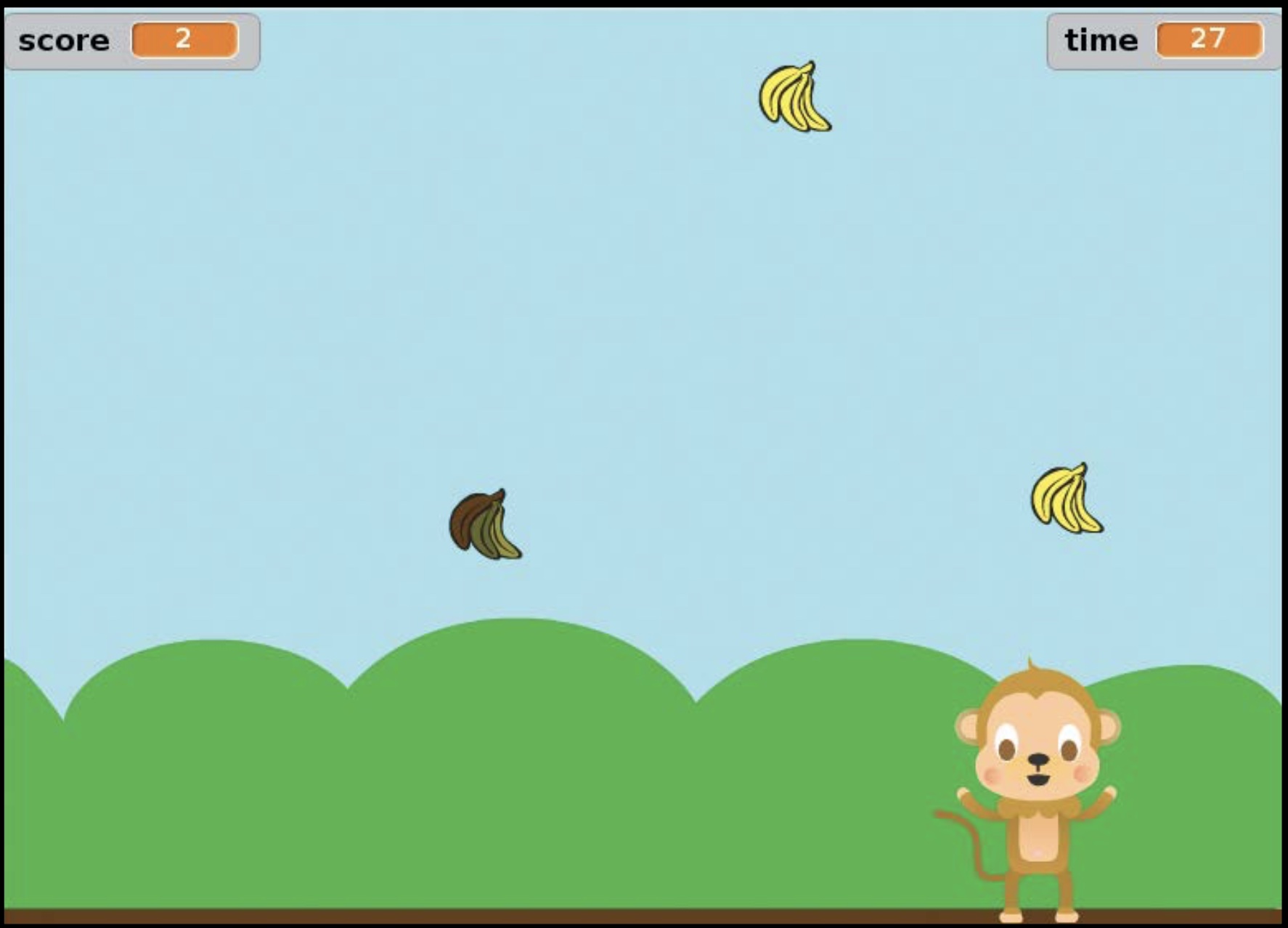
Project 20: Wi-Fi Remote-Controlled Robot
The final project combines motors, sensors, and a Wi-Fi controller to build a robot, showcasing the Raspberry Pi’s full potential.
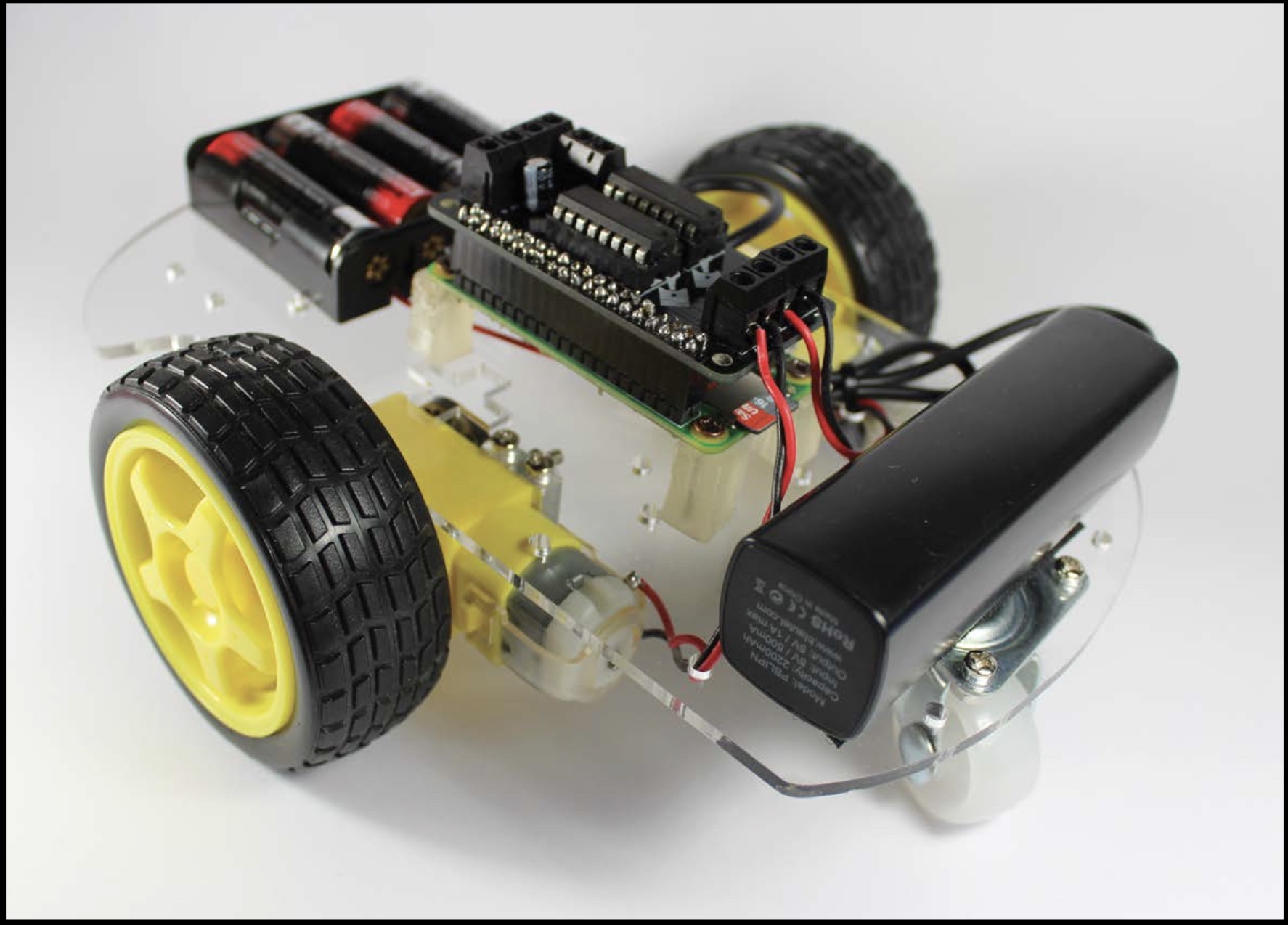
Key Takeaways
Key Takeaway 1: Building Practical Skills
- Each project serves as a stepping stone to mastering electronics, programming, and IoT concepts.
- These skills are essential for creating meaningful DIY projects, from home automation to educational tools.
- Quote: “Every project is a new opportunity to learn and grow your maker skills.” (p. xvii)
Key Takeaway 2: Bridging Creativity and Technology
- The book emphasises creative problem-solving, encouraging readers to customize and expand on the projects.
- This is particularly inspiring for my own IoT experiments, showing how small ideas can grow into impactful solutions.
- Quote: “Innovation is about starting small and thinking big.” (p. 200)
Key Takeaway 3: Raspberry Pi’s Accessibility
- With low-cost components and step-by-step instructions, the book makes Raspberry Pi projects accessible to all.
- This accessibility is vital for introducing tech to younger audiences and non-tech-savvy individuals.
- Quote: “The Raspberry Pi democratizes technology, making innovation achievable for everyone.” (p. xvii)
Personal Reflections
This book reinforced my belief in the transformative power of hands-on learning. From enhancing home security to creating fun games, the projects are both practical and entertaining. As someone who enjoys tinkering, I found the emphasis on IoT and Python integration particularly useful. It also sparked ideas for new Code Club activities, where children can explore the same projects to foster their interest in technology.
Conclusion
20 Easy Raspberry Pi Projects is a treasure trove for tech enthusiasts. It not only equips you with the skills to create amazing gadgets but also inspires you to innovate. Whether you’re starting out or looking to expand your maker repertoire, this book is a fantastic resource. Grab a Raspberry Pi, pick a project, and let the creativity flow!